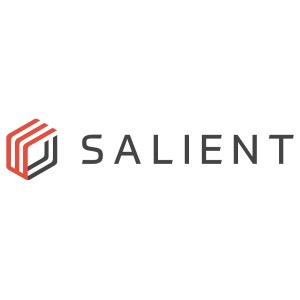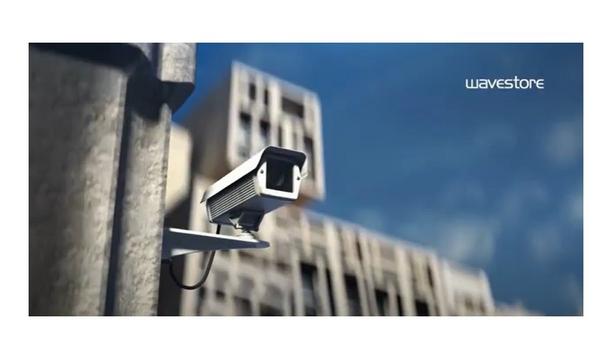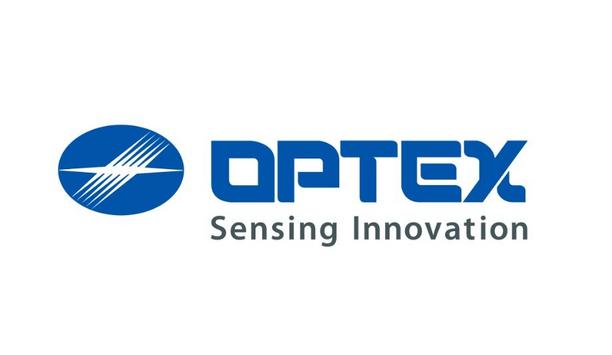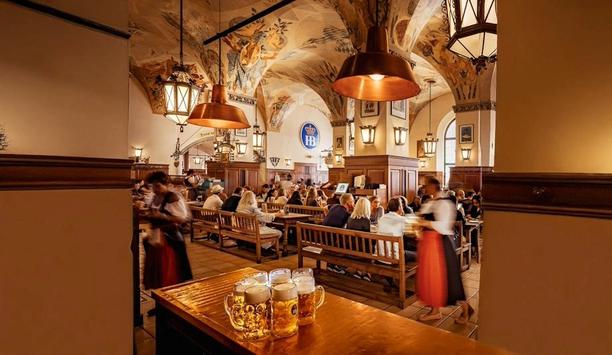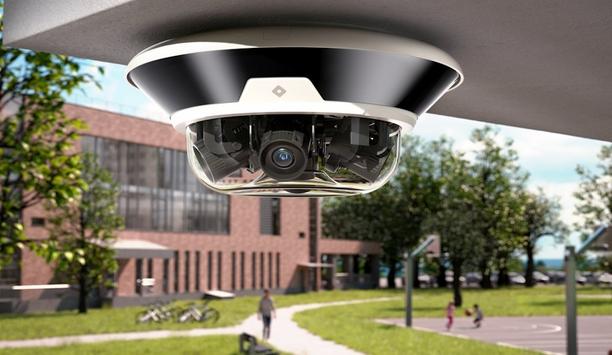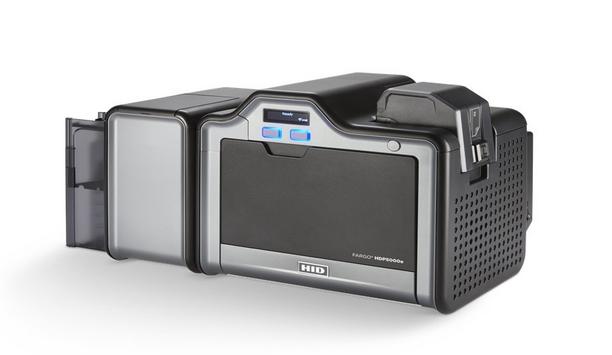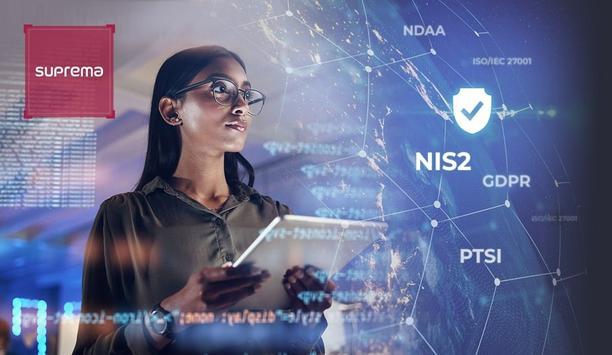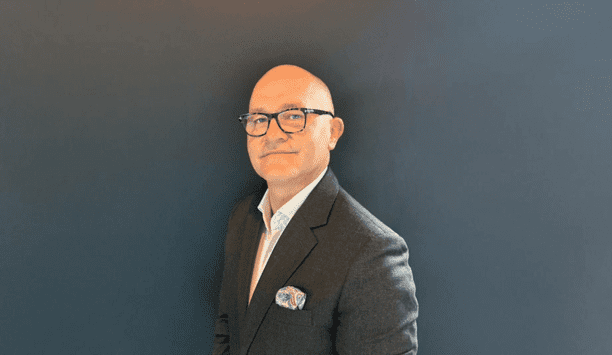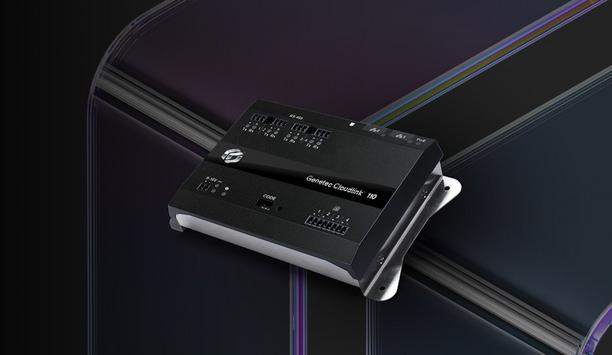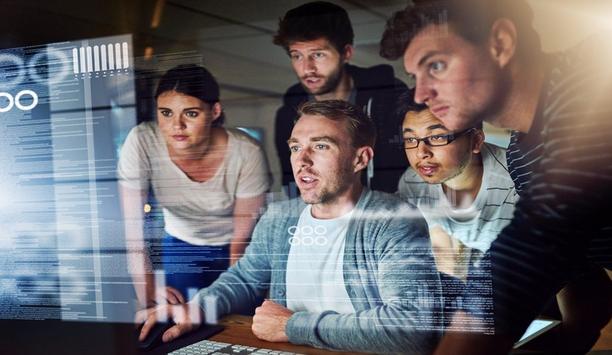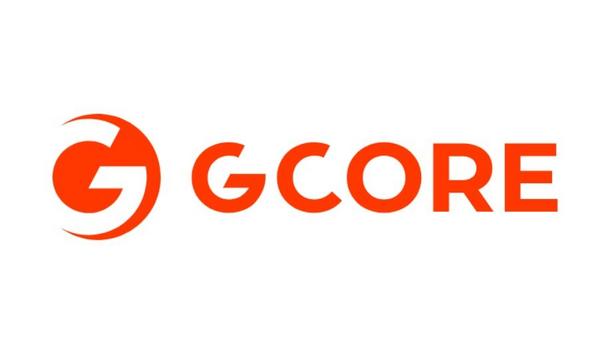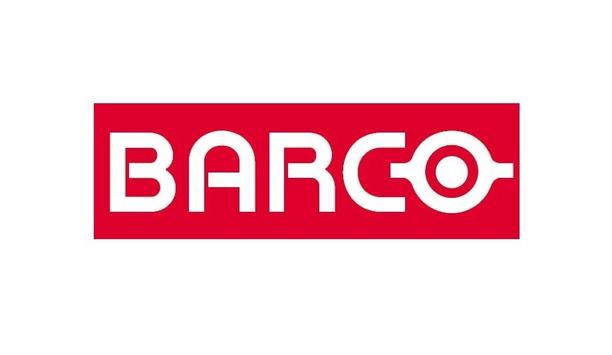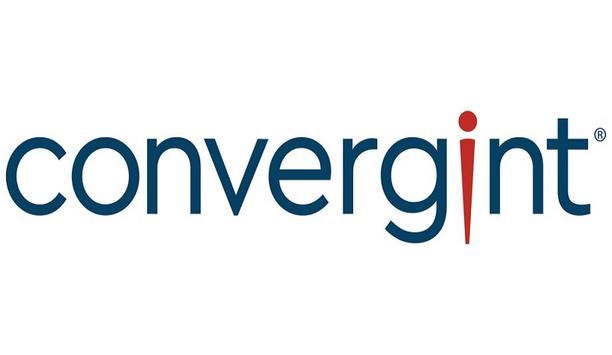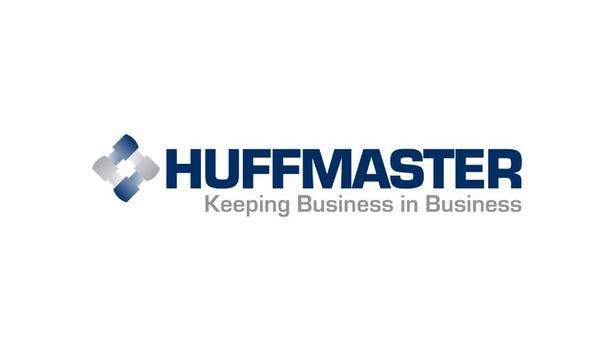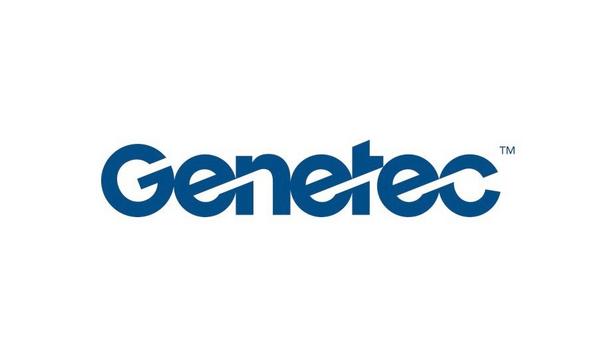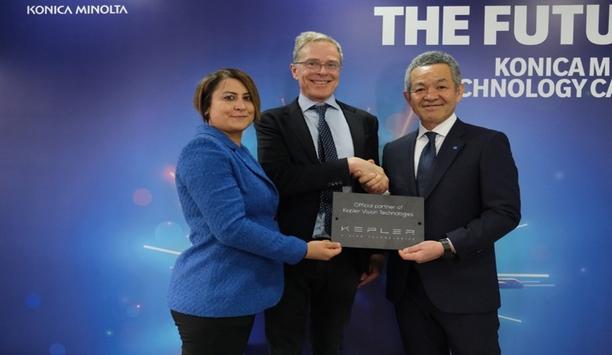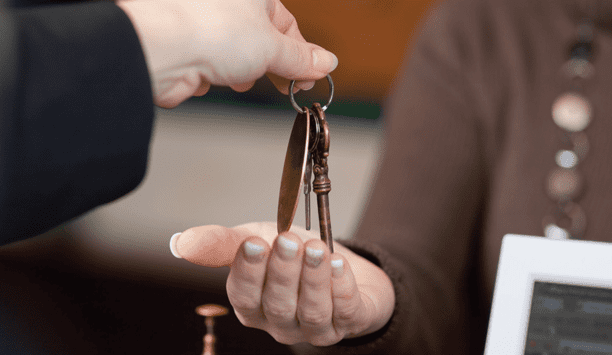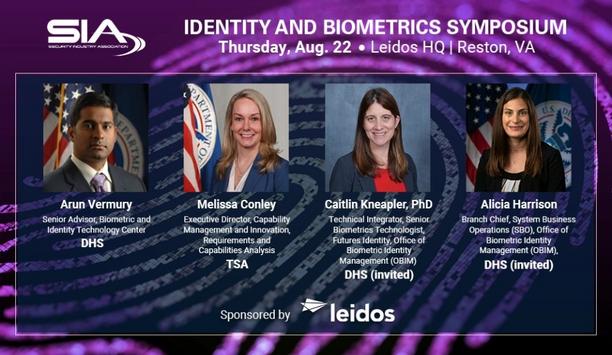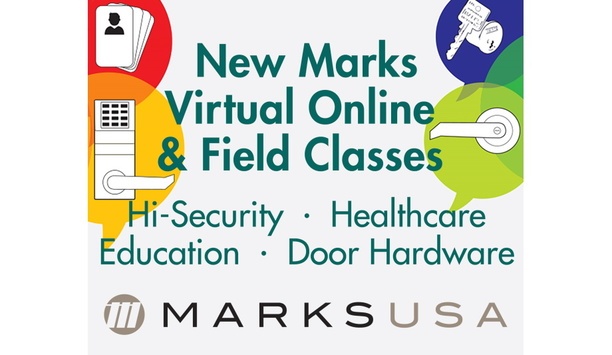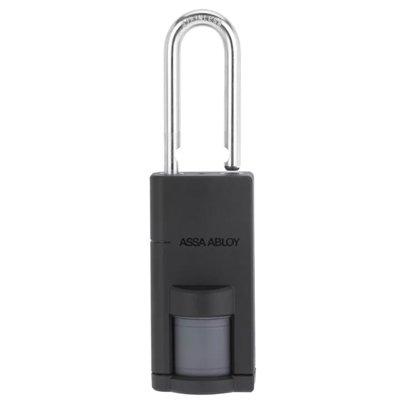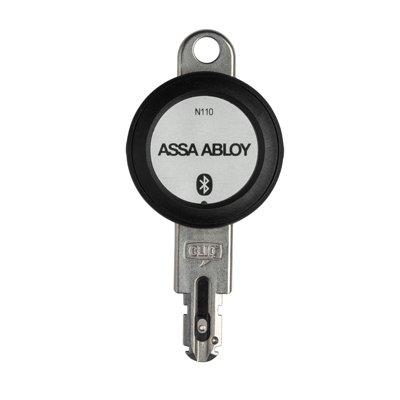A healthcare facility or hospital is unlike any other organization. It’s generally open to the public 24 hours a day, seven days a week. There is expensive equipment in many areas, patient records and confidentiality that needs constant protection, in addition to parking facilities and door access control needs and medicines that need to be kept secure.
Hospital and healthcare security
Hospital and healthcare settings use video surveillance in many ways, as the security needs of these institutions reflect the life-or-death work they do and also a volatile environment where emotions can run high. Recent technology advances are well-suited for the hospital and healthcare setting, expanding the video surveillance capabilities needed to protect patients, staff and visitors.
Chris Sessa, Director of Key Accounts, for Salient Systems, sees three unique trends in the way that hospitals and healthcare facilities are using video surveillance and a video management solution (VMS) to secure their facilities, patients, visitors and staff. They are:
- Faster access to multiple video feeds: “Many hospitals and healthcare facilities are already using a VMS to pull in different video feeds to manage patient safety and to monitor employees, but with higher-resolution, networked cameras and new VMS features, security can pull up video faster than ever before,” said Sessa, adding “Technology such as dynamic resolution scaling also allows security in a monitoring center to pull of data from other sites.” A major benefit is increased awareness, which can also result in increased risk mitigation.
- The Cloud: Results of a 2014 HIMSS Analytics Cloud Survey show the widespread adoption of cloud services among healthcare organizations across the US, with 80 percent of 150 participants reporting they currently use cloud services. The survey also shows a positive growth outlook for cloud services with almost all healthcare organizations currently featuring video footage on-site.
- Beyond security: Hospital and healthcare security continues to recognize the potential of using video surveillance for more than just security, to include operational efficiency, situational awareness, risk mitigation and even marketing and merchandizing.
Operational efficiency and patient safety
One example of operational efficiency that is also tied into patient safety is viewing activities in large areas. For example, a VMS can pull video from a large area to not only monitor a security guard’s movements and activities, but also to view the activities on a hospital’s Pyxis MedStation automated medication dispensing system.
“Security can monitor if the guard is on his phone or if he’s sleeping while also monitoring medication that’s being dispensed to patients,” Sessa explains, adding “Another application could include tying video surveillance, via a VMS, into HVAC and electrical systems so that when it senses that one area of a building is not in use, it can shut down the systems to reduce energy and lighting costs.”

